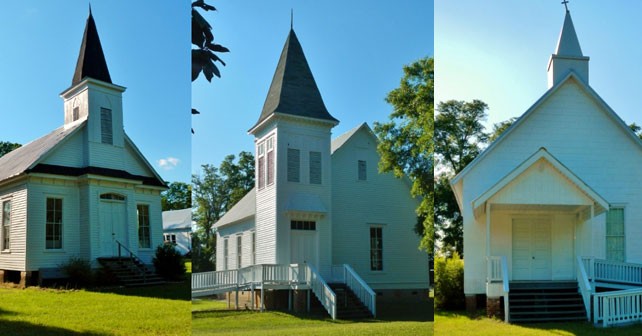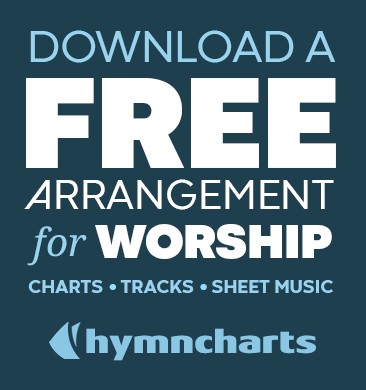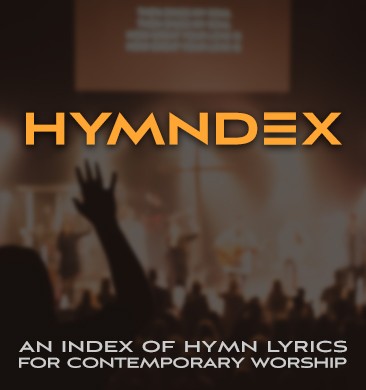Fascinating statistics from Michael Bell:
You may have heard people say that the “average” sized church in the U.S. or Canada is about 75 people. You also may have heard someone say that the “average” sized church in North America is about 185 people. Who is right? It all depends how you define “average”.
Statisticians use three terms when describing populations. “Mean”, “Median”, and a third term that won’t really enter our discussion today called “Mode”.
I have borrowed, and expanded upon, an analogy from the The National Congregations Study that was released last month, to help us understand the differences in these terms and why they are important to our understanding of churches in North America. What you will read here is U.S. data, but the numbers are very similar for the Canadian situation as well.
Imagine you are looking down a very, very long street, and all the churches of U.S. are lined up along the left side of the street from smallest to largest. In behind each church are all their Sunday morning attenders.
If you counted the grand total of everyone standing behind each church and then divided this number by the total number of churches that you see on this very long street, you would come up with a “mean” or “average” size of 184. “Mean” is usually what we mean of when we think of “average”. But this number of 184 is a very misleading number.
Lets say you start walking down the street, passing the churches with 5 people on a Sunday morning, 10 people, 15 people, 20 people. You continue walking until you have passed half of all the churches in America. Half of the churches in the U.S. are now behind you, half are still in front. The “average” church that you are standing in front of is called the “median” church. You look to see how many people are lined up behind it, and you see 75 people. That is right, half the churches in the United States have less than 75 people.
The average or “mean” church at 184 is 2.45 times the size of the average median church at 75. Why is this so? If you continue walking, you will get a better understanding of how skewed church numbers are within the United States.
So, you continue walking, past the churches of 80, 90, 100, 110. You walk until you have passed 90% of all the churches. You look to your left and you see 350 people lined up behind this church. Much to your surprise, although you have passed 90% of all the churches, over half of the churchgoers are still in front of you! This is why the “mean” is so much higher than the “median”. While most of the churches in the United States are small, most of the attenders go to large churches.
You keep walking, past the churches of 360, 370, 380. It isn’t until you reach a church of size 400 that you will have the same number of people behind you as in front of you. This means that half of church attenders in the U.S. go to churches larger than 400. If we were to use the word “average” again, we would see that the “average” or “median” churchgoer was in a church of 400. Not only that, but this means that half of all those who attend church are in less that 10% of the churches!





